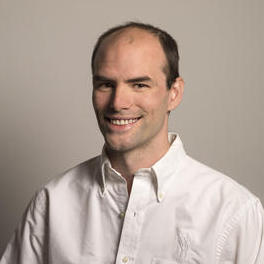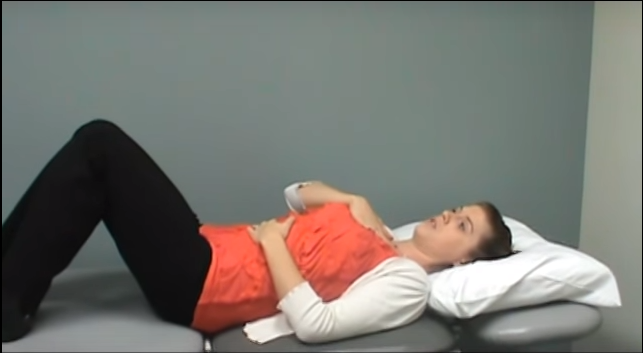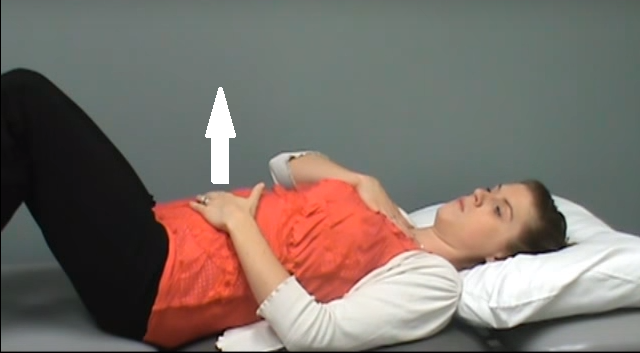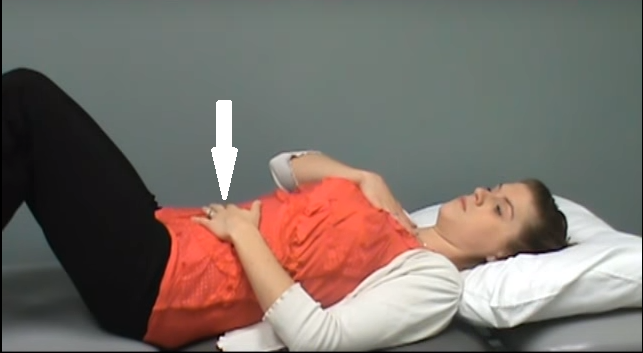Sometimes I feel pretty stupid telling people breathing is really important. To which I get a reply ” No sh&@!, I do it all the time.” As Dr. Andrew Weil, M.D, a world renowned leader and pioneer in integrative medicine, explains in this video breathing is an interesting action as it is one of the few functions of your body that is under unconscious control and under your direct control. The importance of this should not be taken lightly.
Conscious, on purpose breathing directly activates the parasympathetic nervous system which is the branch that controls the healing and repair of your body. The autonomic nervous system is the branch that reacts to stress and is often overactive. When the autonomic nervous system is overactive the parasympathetic nervous system doesn’t work as well, thus healing is slowed down a bit. This can manifest in many different ways and stress is associated with many chronic diseases. Breathing is the one tool that you have in which you can directly induce the healing response in your body.
Dr. Weil Goes Over 4-7-8 Breathing
In this video, Dr Weil M.D. goes over a breathing technique called the 4-7-8 method. In this breathing exercise you start bly blowing out all the air in your lungs. Next, you inhale for the count of four, hold your breath for a count of three, and then exhale on the count of 8. You can do this for up to 4 breath cycles. This encourages a deeper inhale. These are the steps:
- Exhale completely through your mouth, making a whoosh sound.
- Close your mouth and inhale quietly through your nose to a mental count of four.
- Hold your breath for a count of seven.
- Exhale completely through your mouth, making a whoosh sound to a count of eight.
- This is one breath. Now inhale again and repeat the cycle three more times for a total of four breaths.
Deep Breathing ( Diaphragmatic Breathing)
The main muscle of breathing is the diaphragm which is a really cool muscle because it is dome shaped. When it contracts it flattens out and pushes the abdominal contents down which allows for the lungs to expand more fully. Muscles of the neck, chest, upper and lower back are also some muscles that help in breathing.
If you don’t use the diaphragm fully you will use these smaller muscles which can create a sense of shallow breathing and lead to tension in the neck, shoulders, and chest. Here are some tips for breathing and getting to know your diaphragm. This also can be used as an everyday breathing exercise to help with relaxation and healing.
1. Start by laying on the floor with your knees bent. Place one hand over your chest and one hand over your. Take a deep breath through and nose and exhale out of your mouth. Do this three times.
2. Take notice which hands are moving. Are both hands moving? Is the one above your chest moving? Or is the one over your belly moving? If the one above your chest is moving then you are using mainly your chest muscles. If your hand on your belly is moving then you are using your diaphragm.
3. Now that you have a sense of where you are breathing from, take a breath through your nose. Let the breath go down into the lungs and let your belly expand.
4. As you exhale let your belly deflate and almost push the air from the bottom of your lungs, through the back of your throat, and out of your mouth.
As you breath in through your nose bring the air down into your lungs and expand your belly. Let the air fill your lungs.
As you exhale let your belly deflate and almost feel as if there is a slight push. Let the air go from the bottom of the lungs, through the back of the throat and out of your mouth.
Here is the full video.
You can perform this exercise for as long as you like. Many breathing and meditative exercises use this basic breathing. I think it is best to start with two minutes. I like to do this mainly at night. You can do it in the morning and afternoon. Aim for doing it at least once a day for two to five minutes. Remember with this exercise it doesn’t matter how long you do it but that you try to do it almost everyday.
I hope you find this very relaxing and helpful. I’d love to know any changes that you notice. Let me know in the comments below!
Did You Like This Article? Click Here To Sign Up for My Newsletter!
Matthe w Snow is a Licensed Massage Therapist practicing in Greenwich, CT. If you would like to schedule or make an appointment call (203) 660-0584or email hello@h2tmuscleclinic.com. To learn more about Matt check out his About Page.[/fusion_builder_column][/fusion_builder_row][/fusion_builder_container]
w Snow is a Licensed Massage Therapist practicing in Greenwich, CT. If you would like to schedule or make an appointment call (203) 660-0584or email hello@h2tmuscleclinic.com. To learn more about Matt check out his About Page.[/fusion_builder_column][/fusion_builder_row][/fusion_builder_container]




Great videos and breathing practice. Very practical and informative.
Thank you
Katie
Your welcome Katie. I’m glad you liked it. Thanks for the feedback!